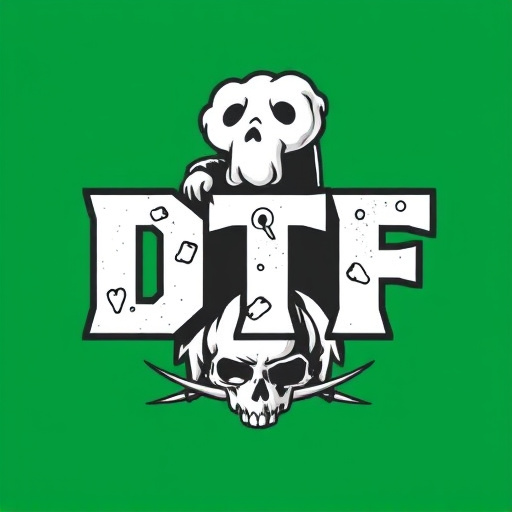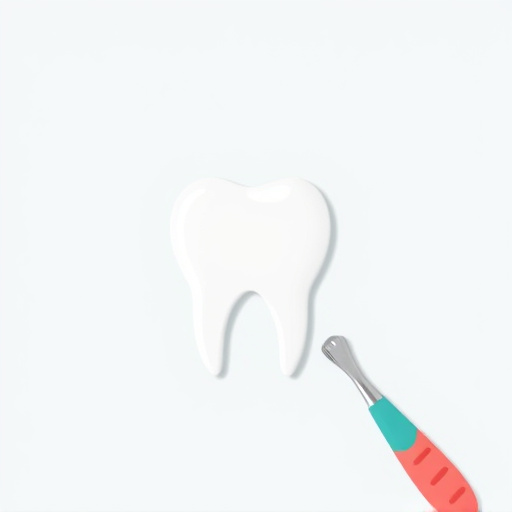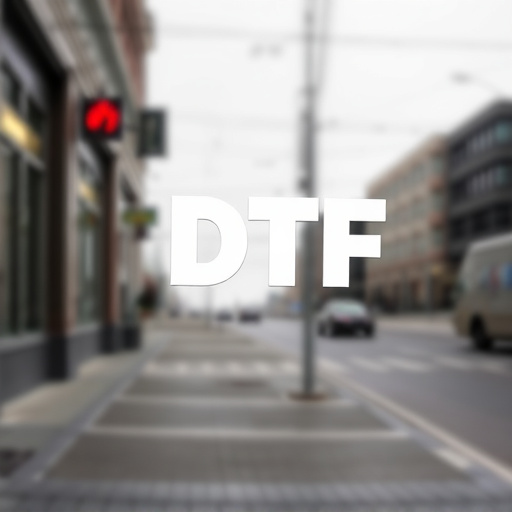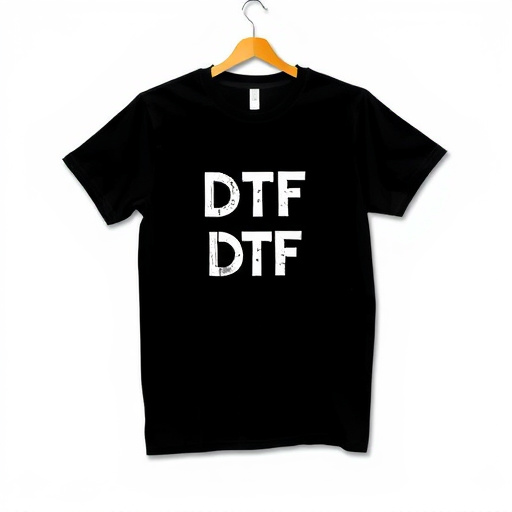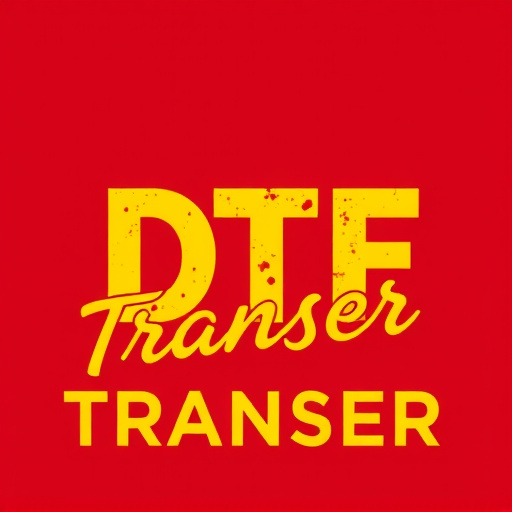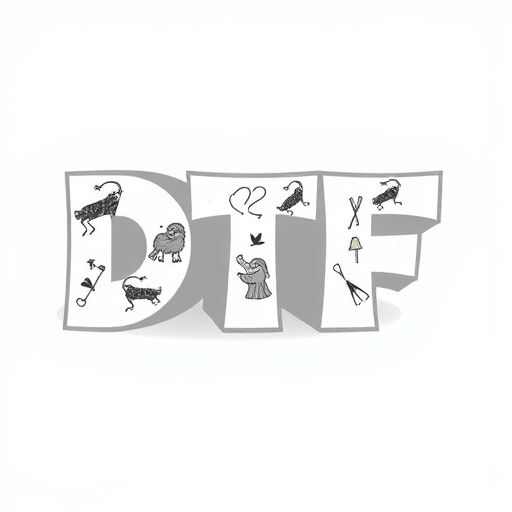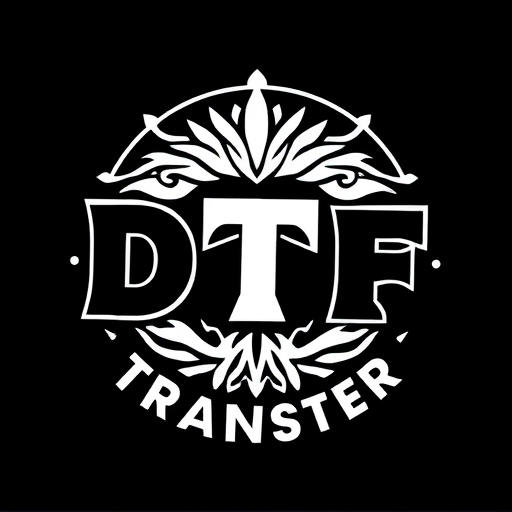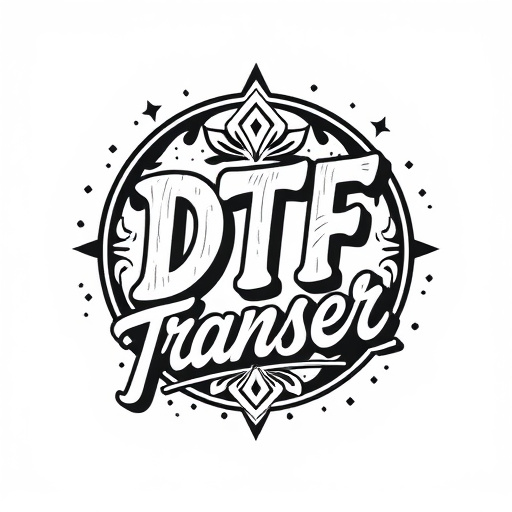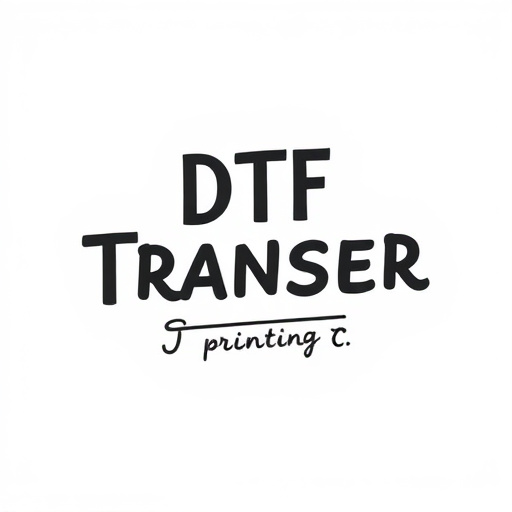Direct-to-Film (DTF) transfers are transforming branding by directly applying graphics onto film materials for exceptional durability and visual impact. This innovative technology allows high-resolution prints on various surfaces without intermediate rollers or plates, making it versatile and efficient. DTF is ideal for businesses aiming to create distinctive, long-lasting branding experiences in outdoor advertising and product packaging. It offers intricate designs, vibrant colors, and crisp details, ensuring brand visibility in competitive markets while facilitating swift adaptations for personalized customer engagement. The process involves conceptualization, vector illustration, and precise printing preparation, culminating in the application of designs onto diverse surfaces via specialized equipment. Material selection is crucial, with durable substrates like vinyl and polyester film offering suitable options for various environmental conditions. DTF transfers have proven their worth across sectors, from entertainment merchandise to retail garments and event branding, revolutionizing visual storytelling through unparalleled creative freedom and versatility.
In today’s visual landscape, direct-to-film (DTF) transfers are transforming business branding. This cutting-edge technique produces captivating, high-quality brand elements directly on various film surfaces, offering unmatched durability and aesthetic appeal. From vibrant packaging to immersive trade show displays, DTF elevates marketing campaigns with rich textures and vivid colors. This article explores the revolutionary power of DTF, its creative applications, material considerations, industry uses, and future trends shaping branding and visual storytelling.
- Understanding Direct-to-Film (DTF) Transfers: A Revolutionary Branding Technique
- Benefits of DTF for Business Branding and Marketing Campaigns
- The Creative Process: Designing and Applying DTF Elements
- Material Considerations: Choosing the Right Substrates for Longevity
- Applications: Where DTF Transfers Shine in Various Industries
- Future Trends: Evolving Role of DTF in Branding and Visual Storytelling
Understanding Direct-to-Film (DTF) Transfers: A Revolutionary Branding Technique
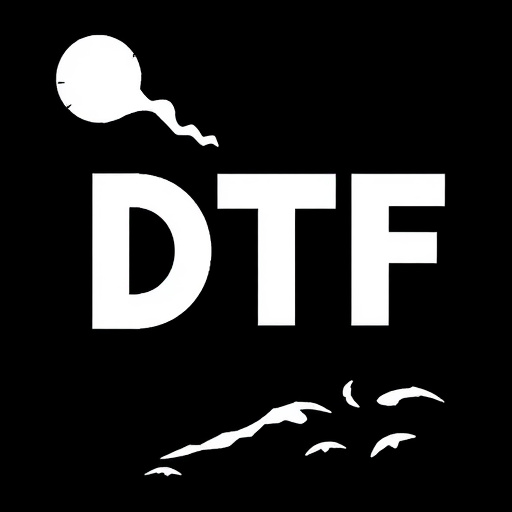
Direct-to-Film (DTF) transfers are a cutting-edge branding technique that’s transforming the way businesses express their identity. This innovative process involves applying branding elements, like logos, graphics, and text directly onto film materials, offering unparalleled durability and visual impact. Unlike traditional printing methods, DTF allows for high-resolution prints on various surfaces, from promotional banners to custom packaging, without the need for intermediate rollers or plates.
The allure of DTF lies in its versatility and efficiency. It enables businesses to create distinctive branding experiences that last. Whether it’s enhancing outdoor advertising with vibrant visuals or designing eye-catching product packaging, DTF transfers provide a lasting impression. This technology is particularly advantageous for dynamic brands seeking to stand out in today’s competitive market, ensuring their message resonates with audiences in a memorable way.
Benefits of DTF for Business Branding and Marketing Campaigns
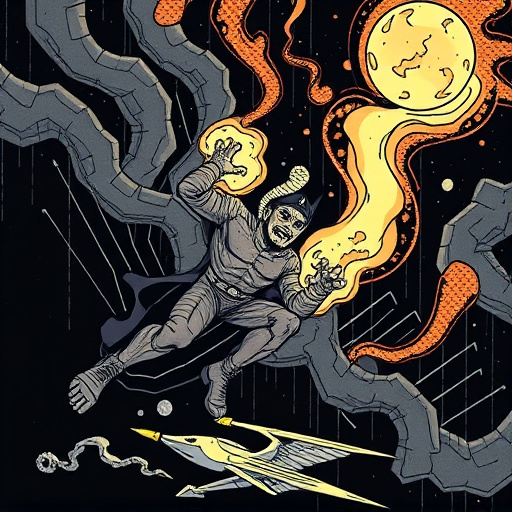
Direct-to-film (DTF) transfers offer businesses a unique and innovative way to elevate their branding and marketing campaigns. One of the key advantages is its ability to create high-quality, durable graphics that can be applied to various surfaces, from vehicles to buildings, turning them into moving billboards. DTF allows for intricate designs, vibrant colors, and crisp details, ensuring your brand stands out in a crowded market.
Additionally, this technology enables businesses to quickly adapt their branding materials to different marketing needs. With DTF, you can easily produce custom graphics, allowing for targeted campaigns and personalized customer engagement. It’s an efficient process that saves time and resources without compromising on quality, making it an attractive option for companies seeking a dynamic and versatile branding solution.
The Creative Process: Designing and Applying DTF Elements
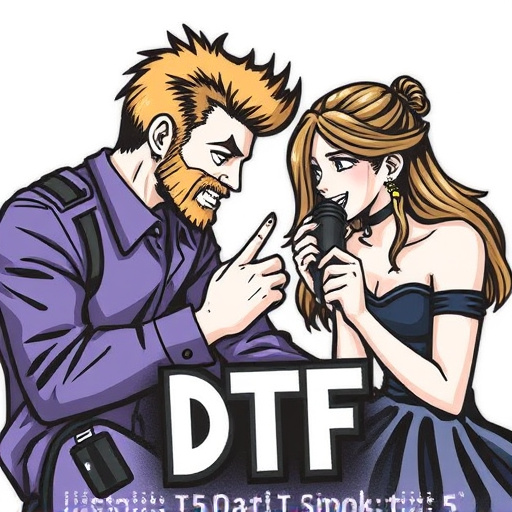
The creative process behind designing and applying direct-to-film (DTF) branding elements is a meticulous art that demands precision and an eye for detail. It begins with conceptualization, where graphic designers interpret the brand’s vision and unique selling points, translating them into visually appealing and memorable concepts. These ideas are then brought to life through vector illustration or digital art software, ensuring the designs are scalable and versatile for various applications.
Once the visuals are finalized, specialists prepare the artwork for printing by creating high-resolution files with accurate color profiles. The actual DTF application involves specialized equipment that transfers these designs onto a variety of surfaces, such as plastics, metals, or fabrics. This process offers immense versatility, allowing brands to adorn everything from promotional items to custom merchandise with their logos and graphics, thereby enhancing brand visibility and creating a lasting impression.
Material Considerations: Choosing the Right Substrates for Longevity

When considering direct-to-film (DTF) transfers for business branding, material selection is paramount to ensure longevity and quality. The right substrate can withstand environmental factors, prevent fading, and maintain vibrant colors over time, making it crucial for outdoor applications or high-traffic areas. Options range from vinyl to polyester films, each offering unique advantages. Vinyl, known for its durability and flexibility, is ideal for both indoor and outdoor use, as it’s resistant to tearing and can withstand varying temperatures. Polyester film, on the other hand, excels in UV protection, making it perfect for exterior branding that needs to endure prolonged sun exposure.
Additionally, the choice should consider print quality and the intended display method. High-resolution printing technologies like UV or solvent inkjet presses ensure sharp, detailed graphics. For DTF applications, a smooth substrate surface is essential to achieve crisp results. Furthermore, considering future replacement or reapplication, removable adhesives can simplify maintenance while preserving surface integrity.
Applications: Where DTF Transfers Shine in Various Industries
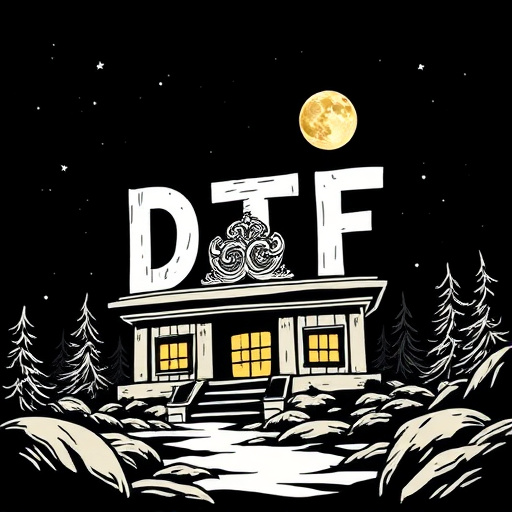
Direct-to-film (DTF) transfers have found their niche in various industries, offering unique and eye-catching branding solutions. Their versatility is particularly notable in sectors where high-quality visuals are paramount. For instance, the entertainment industry leverages DTF to create vibrant, full-color graphics on merchandise, enhancing fan engagement during movie releases or theme park visits.
In retail, DTF transfers excel at transforming plain garments or accessories into stand-out promotional items. Clothing brands often use them for custom designs, ensuring their products stand out on shelves and attract attention from discerning consumers. Additionally, events and advertising benefit from DTF’s speed and precision, allowing for dynamic branding on banners, signs, and even temporary tattoos, making them ideal for pop-up stores or interactive marketing campaigns.
Future Trends: Evolving Role of DTF in Branding and Visual Storytelling

The direct-to-film (DTF) transfer process is continually evolving, reshaping the landscape of business branding and visual storytelling. As technology advances, DTF offers unprecedented creative freedom and versatility for brands looking to make a lasting impression. Future trends suggest that DTF will play an even more integral role in bringing unique brand identities to life, especially with advancements in print technology allowing for high-resolution, vibrant visuals directly onto various surfaces.
Brands are increasingly leveraging DTF to create immersive experiences, from pop-up stores and events to promotional merchandise and packaging. This method’s ability to transform ordinary materials into captivating displays enhances customer engagement and fosters memorable brand interactions. With the rise of augmented reality (AR) and interactive content, DTF transfers can serve as a foundation for innovative campaigns, seamlessly integrating physical and digital elements to tell compelling visual stories.

